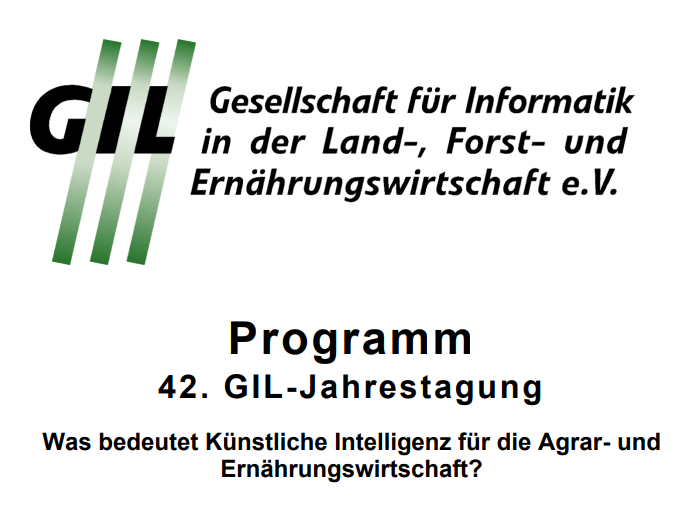Autoren: Kitzler, F; Wagentristl, H.; Neugschwandtner, R.; Gronauer , A; Motsch
Wo: (Online) 42. GIL-Jahrestagung – Was bedeutet KI für die Agrar- und Ernährungswirtschaft?
Many precision agriculture applications need reliable computer vision outputs to keep their promise of efficiency enhancement or reduction of agrochemicals. Plant segmentation aims to discriminate between soil and plants and is often used to identify plant canopies in field crops and weeds. The result of this process can be used for subsequent detailed analysis of the plant properties, like camera-based crop row detection or plant classification. Classical threshold-based color index methods use a color vegetation index (like Excess Green) and a thresholding technique to perform the task of plant segmentation. These methods require low computation and are easy to understand and implement but the segmentation quality declines under hard illumination conditions. More current approaches use supervised learning techniques like decision tree classifiers, support vector machines, or artificial neural networks and show better results on more heterogeneous datasets. Our work is a first step to investigate the influence of several parameters on the model output quality of a decision tree classifier for plant segmentation. We compared different pixel selection criteria and plant cover percentages in the training dataset, as well as single- to multi-input feature models. Our dataset is highly heterogeneous in terms of plant species, light conditions, and plant cover. For the evaluation, we calculated different quality parameters for the segmentation task. We could show that the plant cover percentage of the selected pixels for the training process has the highest influence on the model output performance.

